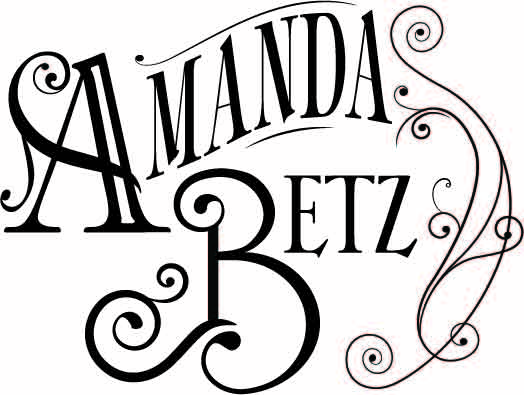WATERMARK
SOLO Exhibition at til:værks
WATERMARK* The core of this exhibition was about the production behind the almost invisible watermark defining if paper is valuable and Tycho Brahe’s construction af a watermill for paper production on the island of Hven during the renaissance. What is value? All knowledge unfolded as a spacial installation showcasing both the craft of making a watermark (filigranologi) and specific stories in the life of Tycho Brahe and his little sister Sophie Brahe.
An Electrolyse sample in a mahogny montre. Electrolyse is used as a mold layer to create watermarks in paper.
50 Danish Kroner hanging in a raw flax fiber. Flax and cotton was used in the old danish production of genuine banknote paper.
To press bronze mesh you need 10 tons and a brass matrice that can hold the pressure. The imprint in the bronze mesh is used as mould for the paper pulp and creates a watermark.
Installation view of the ladle frame and the watermarked paper. Photo: Laura Stamer
Installation view at til:værks of photo gravure artworks. Flax fibers hand sewn in handmade paper. Artworks depicting portrait of Sophie Brahe and citations from the poem Urania Titani written by Tycho Brahe about his sister and her fiancee. Photo: Laura Stamer
Installation view at til:værks of the ladle frames in process and the watermarked paper. Photo: Laura Stamer
Bronze mesh shaped with 10 tons pressure. Weaved bronze mesh was and is still used for paper production.








